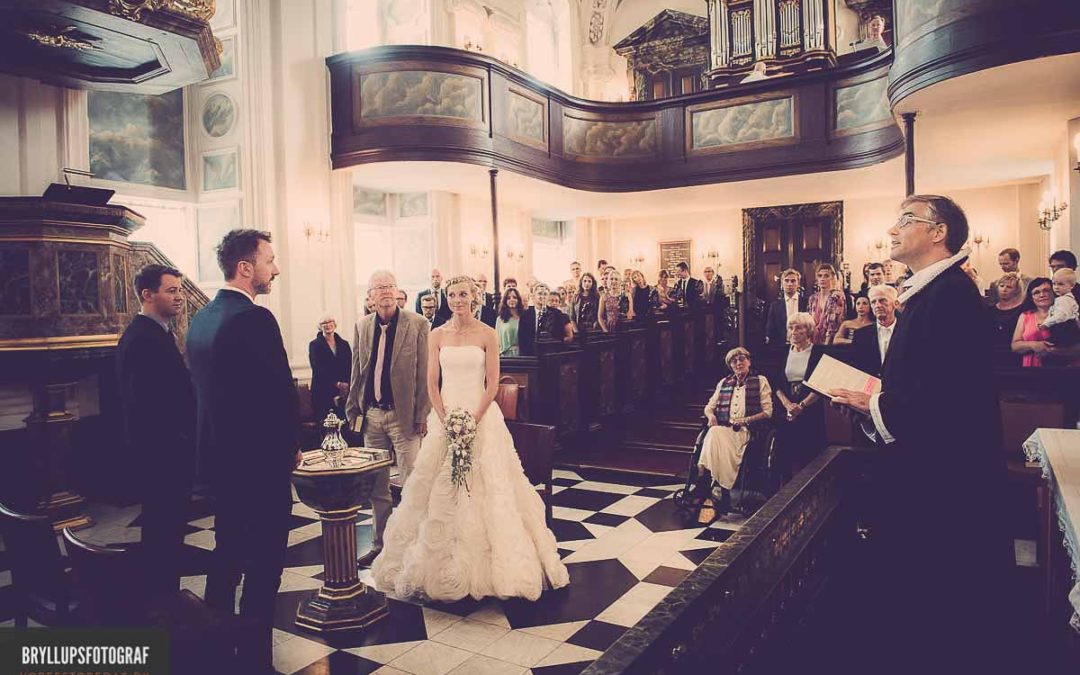By now you have a good idea who your wedding
By now you have a good idea who your wedding and reception guests will be. Though there may be cancellations and last minute additions, you have a firm number of guests in mind. It is therefore time to order invitations, announcements and thank-you notes.
The invitation sets the tone for your wedding and reflects its style. It should be factual and concise, stating who, why, where and when. The only abbreviations should be “Mr.”, “Mrs.”, and “Ms.”. Every single word should be written out including the year. An example is 2001. This should appear on the invitation as two thousand and one.
Etiquette requires that the first names to appear on the invitation should be the names of the people paying for the wedding. Today’s world of separated and re-combined families, however, requires some flexibility in achieving an equitable result. One way to handle any sticky family situation is to address the invitation somewhat like “Jane Wilson and Brad James, together with their parents, request the honor of your presence at their marriage”.
This approach can solve the problem of several people participating in paying for the wedding.
Today’s more creative wedding gives you greater latitude in the formality of your invitation. Traditional wedding etiquette, however, requires that you should use the following phrases in the situations that follow:
If the ceremony is to be held in a religious building (church, temple) request the “honor of your presence”, in the invitation wording.
If the ceremony is to take place anywhere else request the “pleasure of your company”.
The stationery you will need can be ordered from a stationery store or from a private stationery representative. Either will have a broad selection of wedding stationery for you. The selection you make will reflect the style of your wedding, from traditional and formal to creative and informal. The stationery salesperson/consultant will provide guidance on the specifics of addressing invitations and how to word them.
- Wedding Denmark
- Wedding dresses
- Wedding flowers
- Wedding rings
- Wedding Tips
- Wedding Guidance
- Wedding planning checklist
- The perfect Venue
- Wedding photojournalism
The typical invitation stationery in the traditional style will include:
- The outer envelope with your return address on the back flap;
- The inner envelope;
- The invitation;
- The reception card, if your reception is to be held at a location different from the ceremony;
- The response card and a return addressed envelope which you will stamp;
- Any necessary printed map(s) of directions to the ceremony and/or reception location(s).
If you need or want more details on etiquette in addressing your invitations in the traditional style you can obtain a copy of:
Crane’s Wedding Blue Book: The Styles and Etiquette of Announcements, Invitations, and Other Correspondences by Steven L. Feinberg (Fireside, 1993)
You may also want to order wedding announcements. They are not mailed to anyone who received an invitation, and the receiver is not obligated to send a wedding gift. Wedding announcements are sent to those that you were unable to invite to your wedding but would like to inform that it occurred. You can also use wedding announcements if you elope or have a small family ceremony. Announcements are not mailed until after the wedding.
Thank-you notes may also be ordered at this time. If you select notes with your married name or initials you should not use them until after the wedding.
